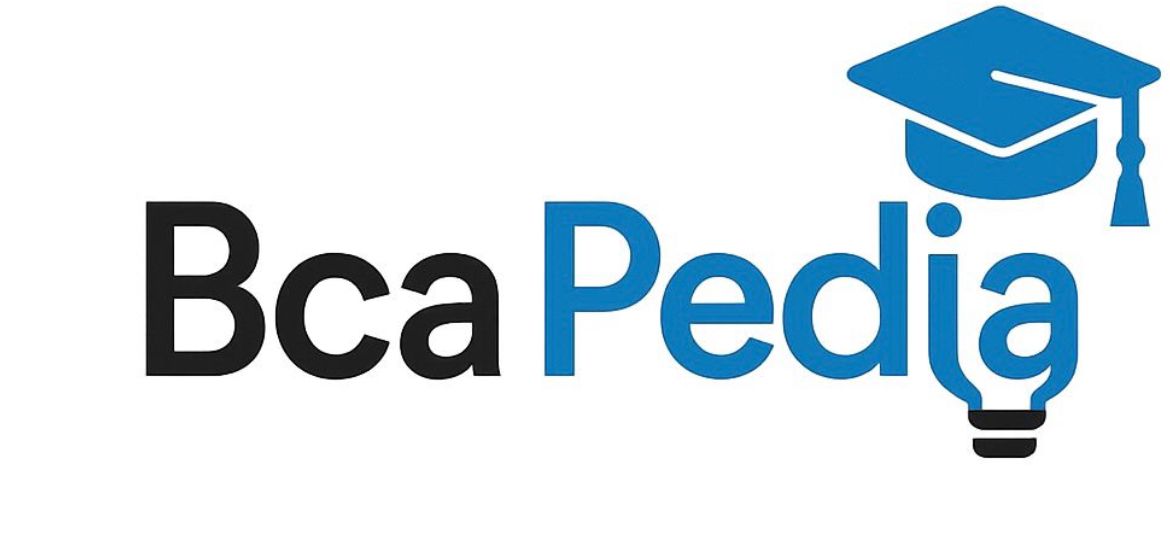Process Management in Operating Systems
Process Management in Operating Systems

Visual representation of process management in operating systems
The management of processes has been considered a fundamental aspect of operating systems. It involves creation, scheduling, execution, and termination of processes in a computing environment. This blog will help beginners understand the life cycle of processes, the structure of Process Control Block (PCB), interprocess communication, and more.
What is a Process?
A process is a program in execution. It has its own memory space, execution context, and associated resources. Each process has been managed independently, ensuring better system responsiveness and stability.
Structure of a Process
- Text Segment: Stores the program's instructions (read-only).
- Data Segment: Contains global/static variables initialized before execution.
- Heap: Used for dynamically allocated memory during runtime.
- Stack: Stores function calls, local variables, and temporary data.

Memory layout of a typical process in an operating system
Process States
A process typically transitions between several states:
- New: Being created.
- Ready: Waiting to be assigned to the CPU.
- Running: Actively executing instructions.
- Waiting: Waiting for I/O or resource.
- Terminated: Execution completed.

Diagram showing process state transitions in an OS
Process Control Block (PCB)
Each process is represented by a PCB that holds important information such as:
- Process ID (PID)
- Process state
- Program counter (next instruction)
- CPU registers
- Memory management information
- List of open files

Detailed structure of a Process Control Block (PCB)
Context Switching
Context switching has allowed multiple processes to share the CPU. When the CPU switches from one process to another, the current state is saved in its PCB, and the new process state is loaded.
Visualization of context switching between processes
CPU Scheduling
The selection of processes for execution on the CPU is done by the CPU Scheduler. Different algorithms have been used, including:
- First-Come, First-Served (FCFS)
- Shortest Job Next (SJN)
- Round Robin
- Priority Scheduling
Comparison of different CPU scheduling algorithms
Interprocess Communication (IPC)
Processes often need to communicate with each other. IPC allows this through mechanisms like:
- Shared Memory
- Message Passing
These help coordinate actions and share data.
Different methods of interprocess communication
Deadlock
A deadlock occurs when two or more processes wait indefinitely for resources held by each other. It can be handled using techniques such as:
- Deadlock Prevention
- Deadlock Avoidance
- Deadlock Detection and Recovery

Visual representation of a deadlock situation
Real-World Analogy
Cooking multiple dishes simultaneously represents multitasking. Each dish is a process, and tasks like chopping or boiling act as threads within that process. If one stove (CPU) is shared, processes need scheduling to avoid collisions.
External Resources
Conclusion
Process management has been vital in ensuring efficient execution of multiple tasks in operating systems. With concepts like PCB, context switching, IPC, and scheduling algorithms, the OS can deliver smooth and stable performance.




